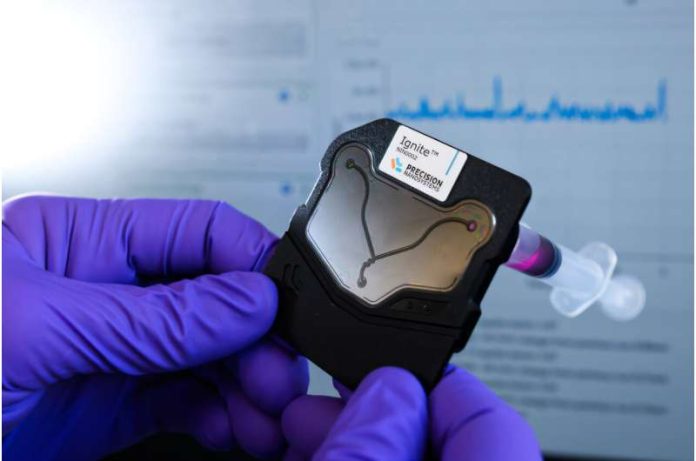
MIT engineers have developed a faster, easier way to mass produce tiny drug-carrying particles that could help treat cancer more effectively, especially ovarian cancer.
These particles, called nanoparticles, are designed to deliver medicine directly to tumors while avoiding many of the harsh side effects of traditional chemotherapy.
For over ten years, Professor Paula Hammond and her team at MIT have been working on these cancer-fighting nanoparticles using a method called “layer-by-layer assembly.”
This technique builds each nanoparticle by carefully adding layers of polymers—tiny molecules that can carry drugs and help target cancer cells. The process has shown great success in mice, especially against ovarian tumors.
Until now, however, making these particles in large quantities was very slow and complicated. Each layer had to be added one at a time, with purification steps in between. This made it hard to produce enough particles for clinical trials or patient treatment.
To solve this problem, the research team created a new method using a microfluidic mixing device.
This device works like a tiny assembly line: as the particles flow through small channels, each new layer is added automatically.
The process is faster, cleaner, and easier to control. Importantly, it meets strict manufacturing safety standards set by the FDA, making it more suitable for producing medicines used in human trials.
Using this new system, the team can now make about 15 milligrams of nanoparticles—enough for roughly 50 doses—in just a few minutes. The old method would take nearly an hour to make the same amount. And if they need more, they can simply run the machine longer.
To test their new method, the researchers made nanoparticles loaded with a powerful immune-activating protein called interleukin-12 (IL-12). In earlier studies, this protein helped slow down ovarian cancer in mice.
The new IL-12 particles worked just as well as the older ones, sticking to tumors and helping the immune system fight the cancer. Interestingly, these particles don’t enter the cancer cells—they stay on the outside, where they can signal the immune system to attack.
The team has applied for a patent and hopes to start a company to bring the technology closer to real-world use.
While they are focusing on ovarian cancer for now, they believe this new production method could be used to treat other cancers too, including brain tumors like glioblastoma.
With this breakthrough, scientists are one step closer to using smart drug-delivery particles to treat cancer more safely and effectively.
If you care about cancer, please read studies that low-carb diet could increase overall cancer risk, and new way to increase the longevity of cancer survivors.
For more health information, please see recent studies about how to fight cancer with these anti-cancer superfoods, and results showing daily vitamin D3 supplementation may reduce cancer death risk.



